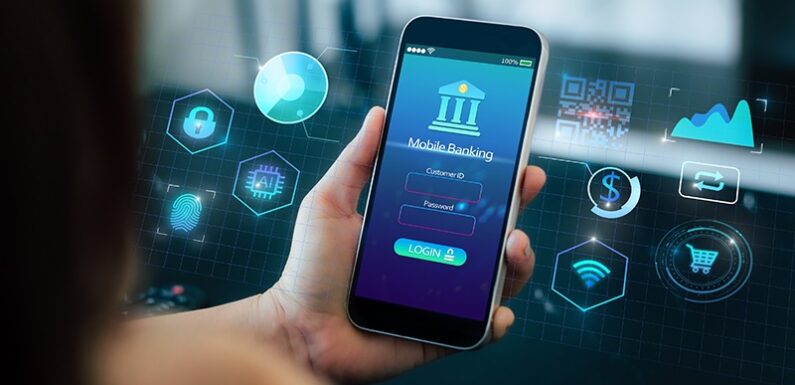
Today, we all rely heavily on our smartphones for almost everything virtually, but who could have imagined that even five years ago, we would leverage Ebanking from our smartphones to track our banking transactions?
So, mobile banking comes into the picture when we use our mobile phones for various services regarding our daily banking requirements like depositing money, tracking MPassbook, making payments, etc. It has become immensely easy and convenient to access our bank accounts, investments, and other support-related services merely with a few clicks on our devices.
Also, you can transfer funds from the comfort of your home anytime, anywhere. Banks use emails, apps, and SMS to give precise information to their customers about their accounts.
The credits go to mobile banking; you can also get timely notifications and alerts in case of any fraud or account-related mishap. The immense ease and comfort that these services bring along with them are enough to get us fascinated enough to find out where all of this got initiated from.
Thus, 2010 witnessed the emergence of SMS banking and UPI such as PhonePe, Google Pay, etc. as two of the most used mobile banking facilities, after which Android and iOS began to come into play, followed by a range of applications that made the entire procedure immensely fast and convenient.
Banks offer a broad range of services that customers can use for their routine needs, which include:
- Checking account balances
- Generating E-statement of accounts
- Card and loan statements
- Managing insurance policies
- Term deposits
- Mutual funds or equity financing
Whether you are opting for a self-account transfer or running short of time on the due date of your bill payment, mobile banking is a prompt and hassle-free tool for all your last-minute requirements.
Many top banks such as HDFC & Bank of India offer a variety of mobile banking services and facilities that let you handle your portfolios and other term deposits without stress or tension. Also, customers can check their card or loan approval status in just a few clicks and locate nearby ATMs. Mobile banking provides customers with the capacity to assess all their banking activities.
Whether you want to get information about finance news or are curious to know about all the latest offers a bank offers, mobile banking provides the key to staying updated with all the current financial developments and also facilitates payments in a timely manner, with the help of apps like FASTag which lets you deduct toll charges automatically rather than paying cash at toll booths.
Regardless, mobile banking services are evolving rapidly and are a win-win for one and all involved in it. Banks also get the advantage of it giving easily accessible banking services. Due to this, they can alleviate their operational costs without compromising their efficiency and thereby are also able to provide customer value.
Conclusion:
Mobile banking services come with ample benefits for customers and banks. The most vital is that customers can access all banking services without having to visit a bank branch physically, which is a boon for those who need more time. Weighing all the pros can be the key to using mobile banking services without compromising safety or any other issue.

